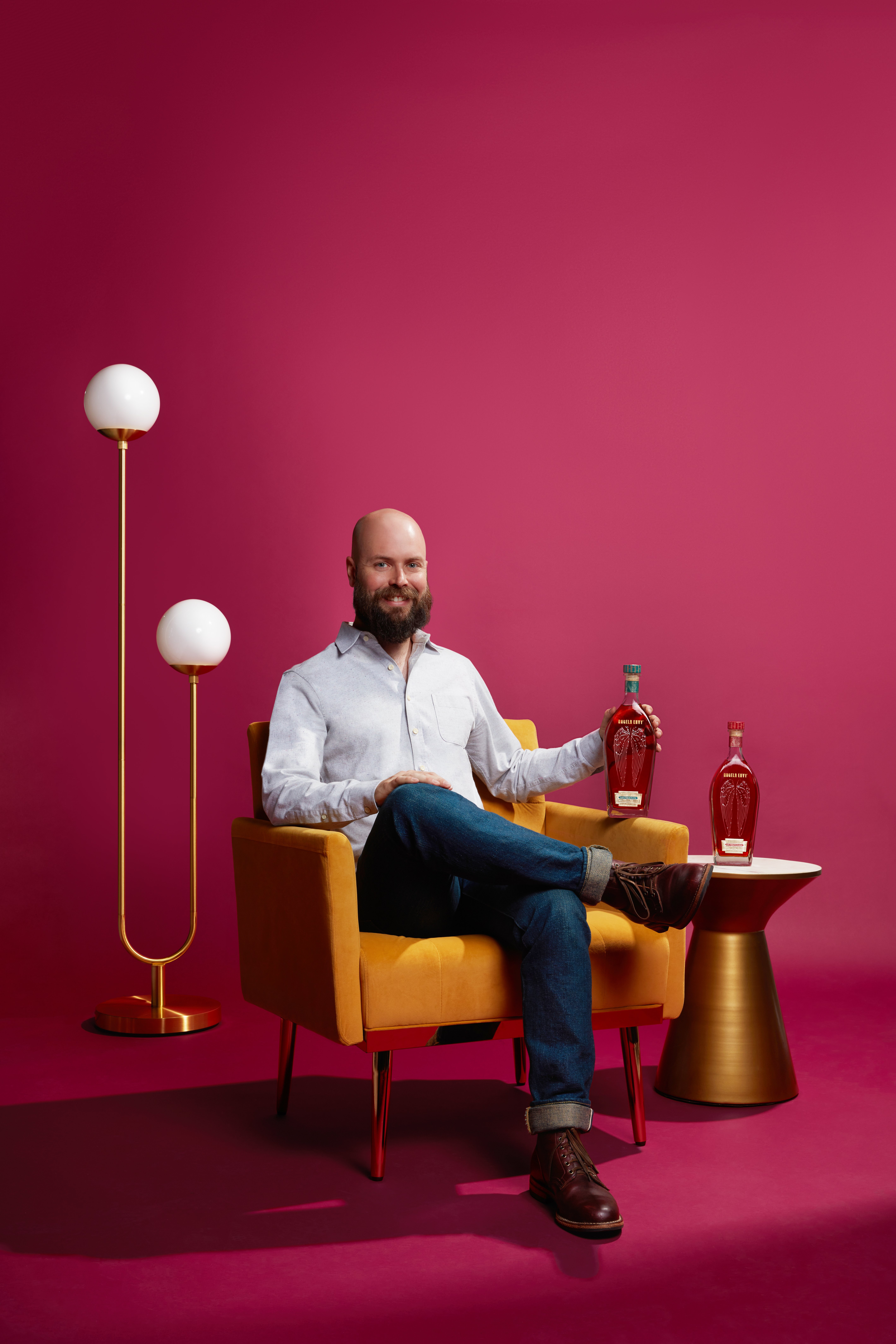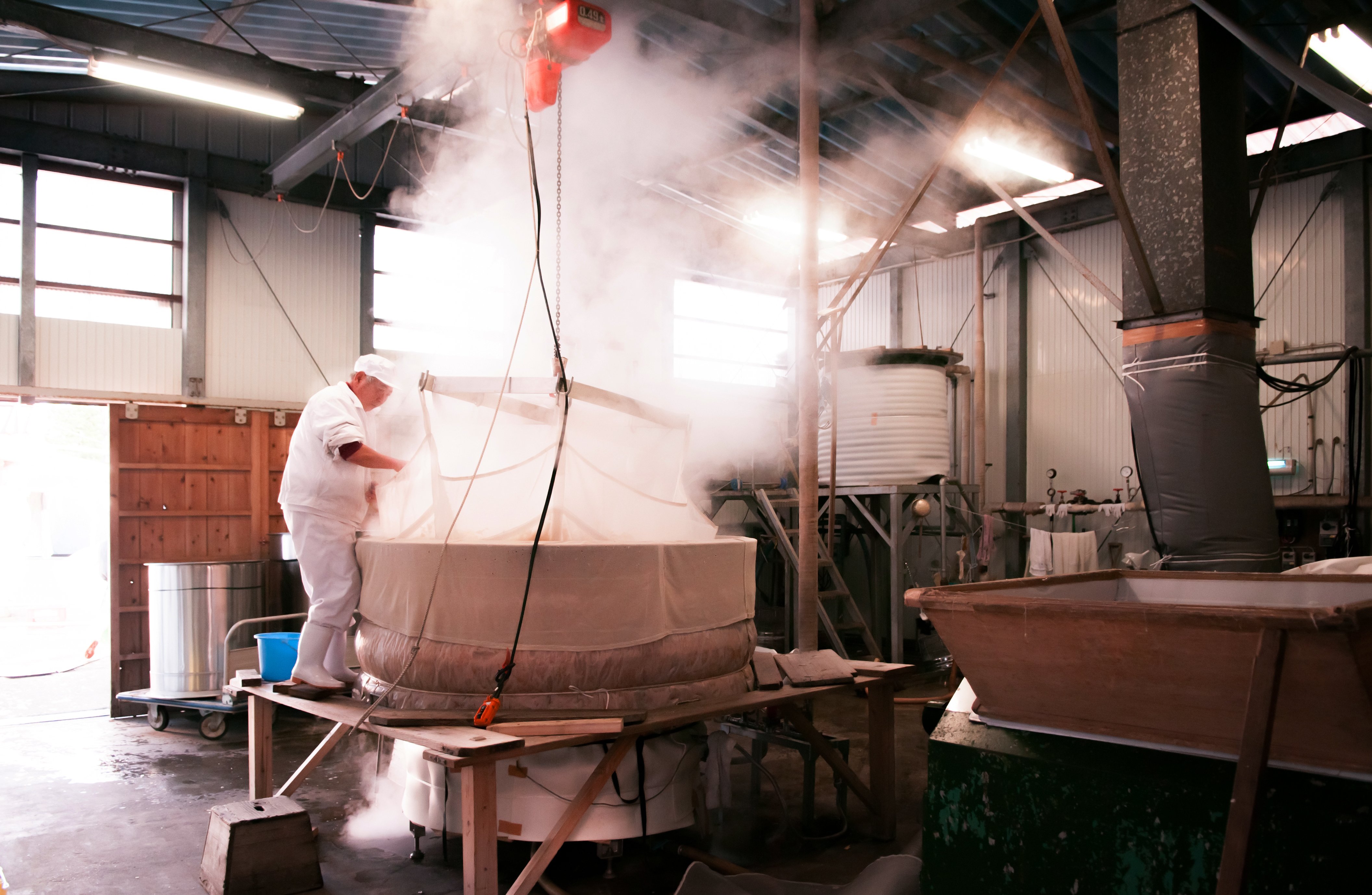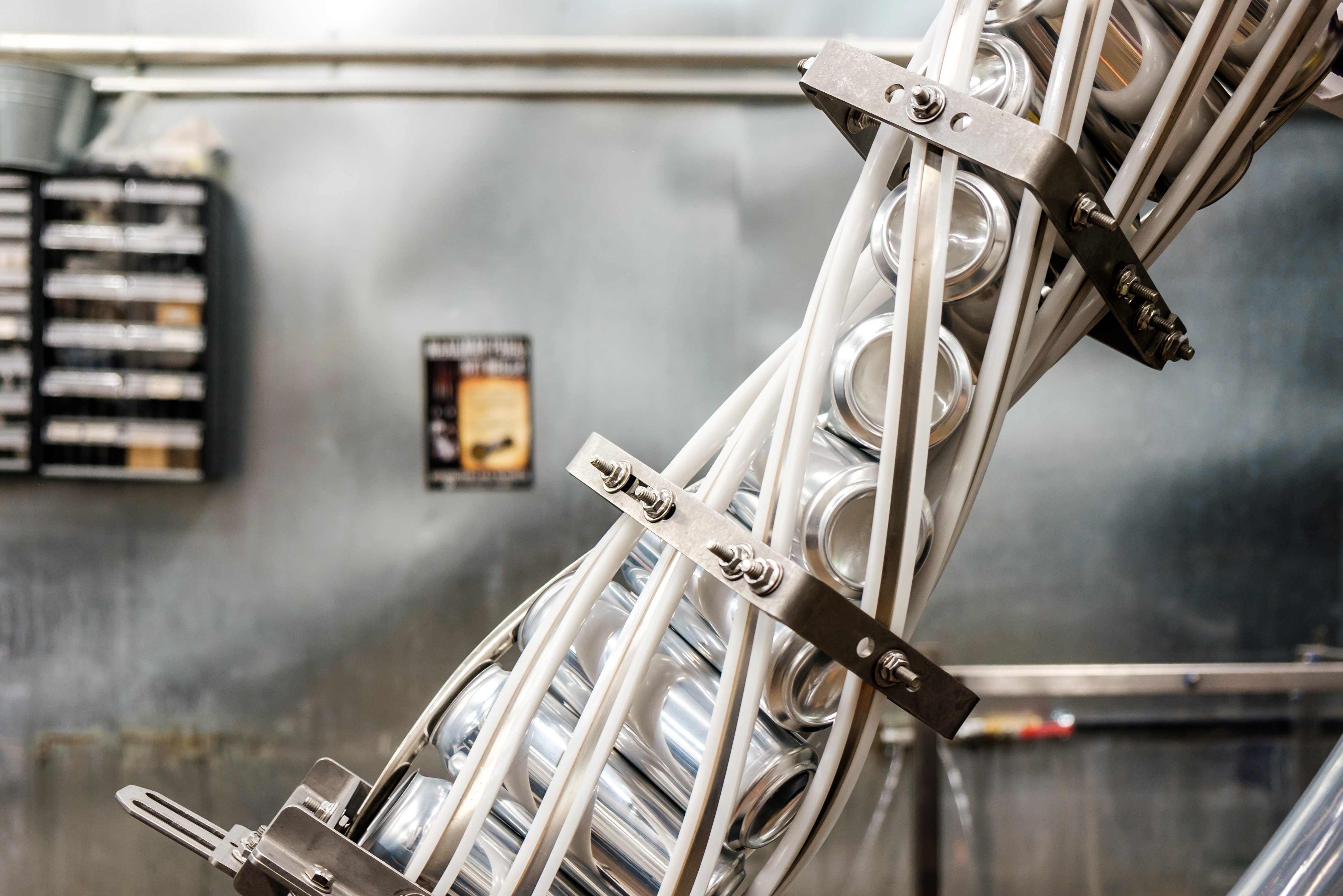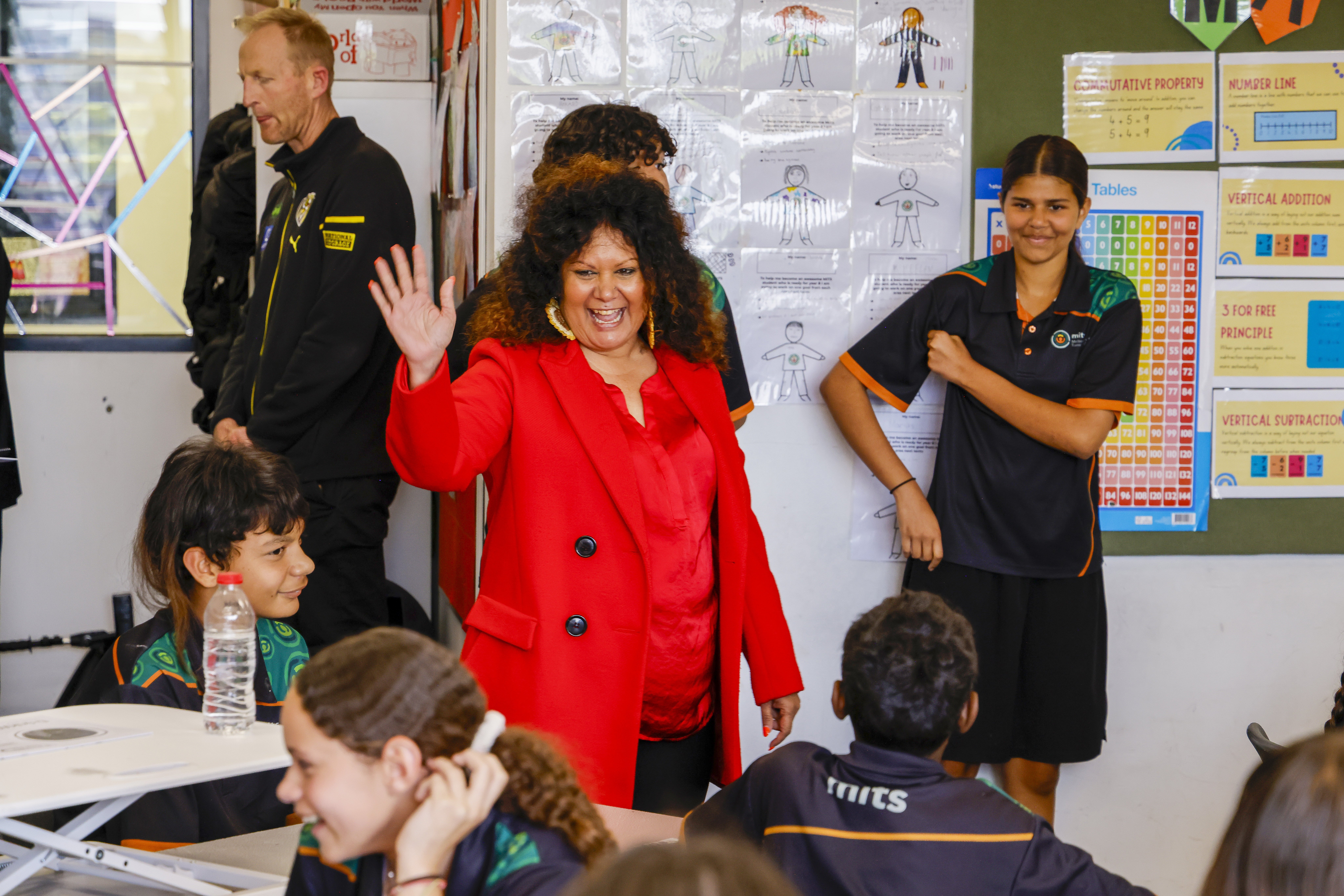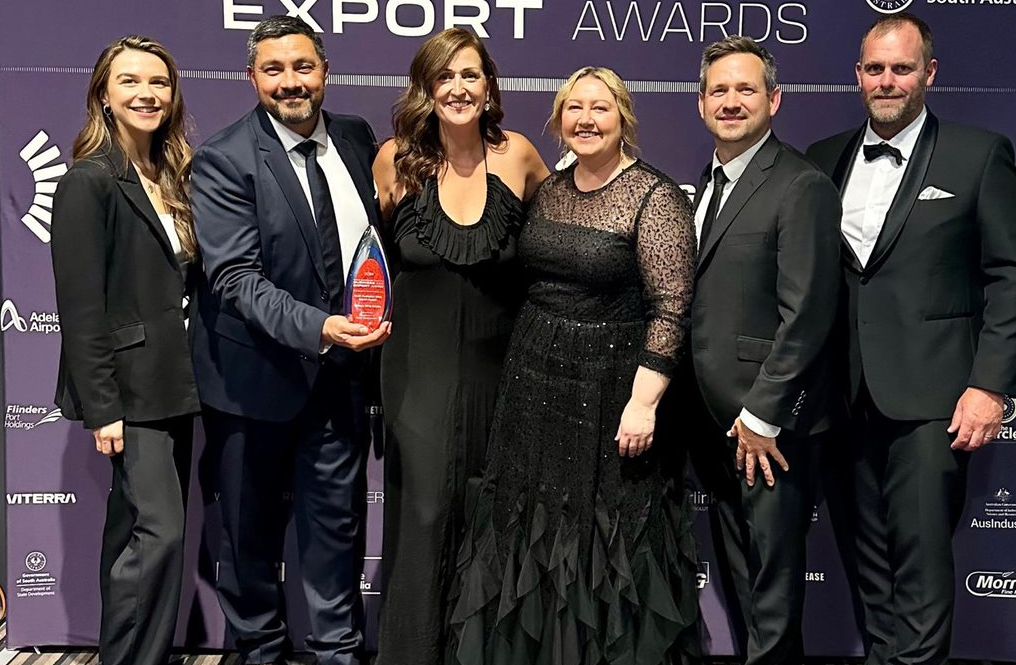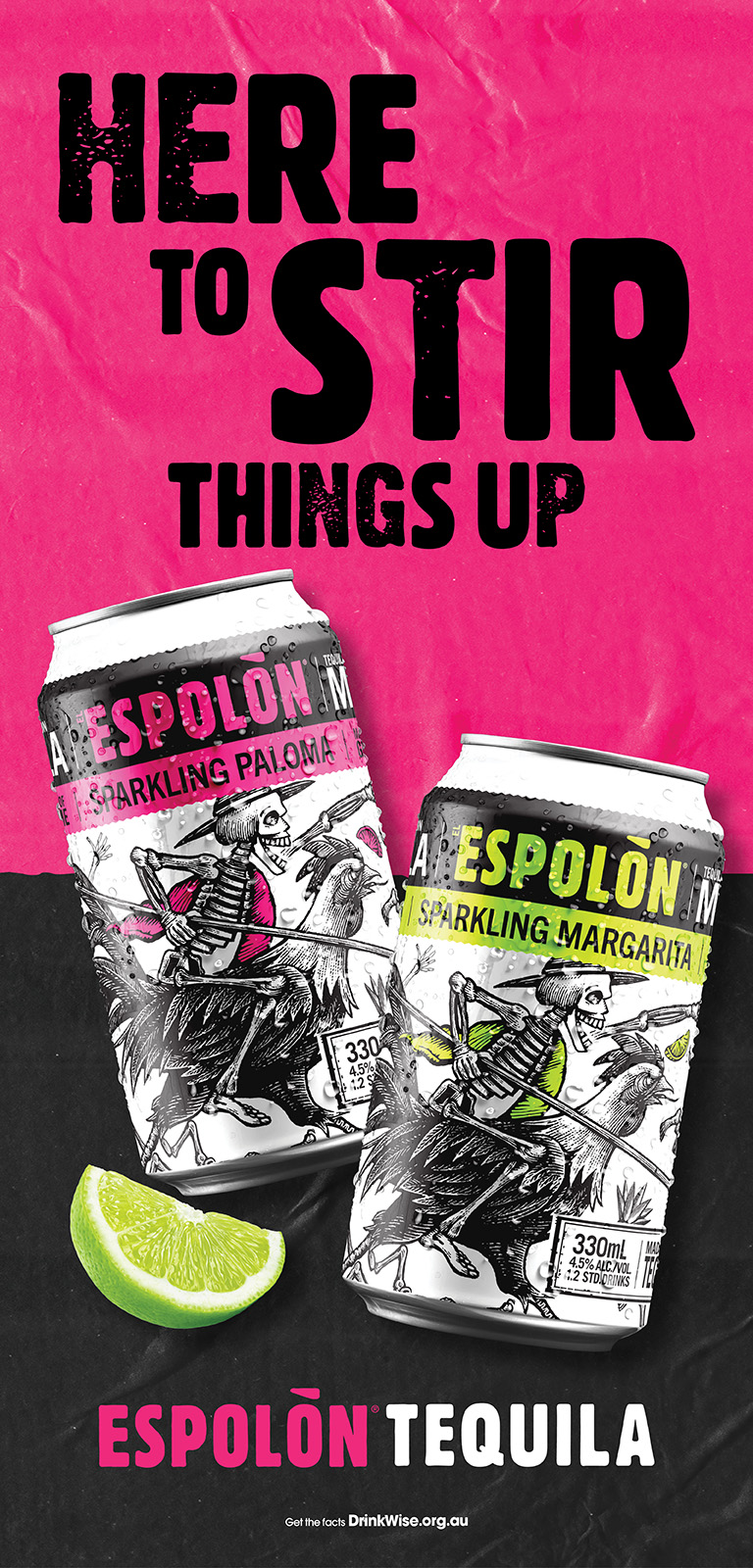This month, Bacardi-Martini Australia officially launched its Angel’s Envy premium bourbon brand to Australia’s off-premise trade after it was initially made available to hospitality in 2020. To kickstart the launch, Bacardi-Martini Australia appointed former Grey Goose Brand Ambassador Kayla Grigoriou to its newly formed Angel’s Envy Whiskey Specialist role and invited Master Distiller Owen Martin to headline at a series of Australian industry event.
Drinks Trade had the chance to catch up with Owen during his stopover in Sydney. This what he had to say:
Drinks Trade: What are you hoping to achieve from your time here in Aus?
Owen Martin: You know, I lived here 14 years ago, but my drinking habits were a little different, so I didn't really have a lay of the land on what the spirit scene was here. I mean, I'm kind of a whiskey nerd, so I had tracked different Australian distilleries and whatnot, but until I was kind of getting ready for the trip, I didn't realize that bourbon was the second biggest spirits category after vodka here, so [there’s] a lot of opportunity there.
Then I found out that 70% of that bourbon is drank with cola, so a little less exciting, but still an opportunity to get people to potentially trade up. I think that was kind of the idea behind the trip: we're already in the premium space in the US, so it’s to see what the Australian appetite for that might be.
DT: Angel’s Envy is a relatively new player in Bourbon… How are you finding expanding into a fairly stacked market and what are its focus markets?
OM: As you would expect, the focus is on North America, that's kind of the heartland of bourbon. We [also] did a similar trip to this last year to launch, or relaunch, in different European markets. And then Australia truly is the big focus for this year and I think for the next few years coming up; to just see where the Australian consumers heads are at.
It's been eye-opening to me that each market we go to is completely different. I would say even Melbourne and Sydney has been a decent amount different. The last trip where we hit London and Paris and then Berlin, every single one of those cities was an entirely different consumer. Paris, for example, was pretty much all Scotch, all neat pours, not really concerned with cocktail culture as much, whereas Berlin and London were more cocktail focused.
DT: How would you compare the Melbourne and Sydney markets?
OM: Melbourne almost kind of reminds me of Pacific Northwest US - like Portland, Oregon or Seattle - very craft focused in coffee, beer, spirits. It seems like there are a lot of producers down there as well. Whereas Sydney is definitely, I would say, a global/large city, so more of the hotel bar places we've been going to. I wouldn’t say one's better than the other, it's just slight differences.
DT: Angel’s Envy differentiates itself through its cask finishing… Do you feel as though that makes it better suited to steal market share from Scotch/Australian whisky?
OM: I mean, it's interesting… because of using the port finishing - which is more of a process that's commonplace in scotch and Irish whiskey and less so in American whiskey - I can kind of hit it from either side. So, if it's a drinker that's only really had Jack or Jim, then I'm using finishing to explain how we're basically premiumising a similar base product to theirs. Meanwhile, if it's somebody who's more European whisk(e)y focused or even Australian/Tasmanian whisky focused, I can talk about finishing as almost like a parallel to what they're used to, and then use that to kind of provide the end to then discuss American whiskey more broadly.
A lot of what we have to do in the US is still to educate on what finishing is, and then when I do an international trip, it's almost easier sometimes because people just get it. So yeah, I can kind of use that as an end to then discuss more of the basics of American whiskey because the finishing's already almost second nature to a lot of folks here.
DT: Is it more difficult to impart flavours from cask-finishing in bourbon compared to other whisk(e)y categories?
OM: I wouldn't say it's harder to get the flavours in, but it can be harder to balance them… Scotch, Irish, Australian: that's almost always used barrels, whereas one of the distinctions with American whiskey is, by law, it has to be a brand new charred one. So yeah, heavy char, but that's also a lot of heavy caramelization of the sugars in the wood/the compounds in the wood, which then go into your whiskey. And obviously, you can kind of tell that by how much darker a glass of bourbon is than a glass of Scotch. But that also manifests in it being a lot sweeter of a base whiskey.
Then we start talking about finishing in dessert wine barrels, and you're still throwing more sugar/more body at something that already has a decent amount of sugar and body to it. You can get away with a pretty heavy port finish or sherry finish in Australian or Scotch whiskeys, but with American whiskeys, it can easily clash with it to kind of answer your question there. It's not hard to get the finishing flavours in, but it can be difficult to do that in a balanced manner.
DT: Angel’s Envy was Co-Founded by ex-Brown Forman Lincoln Henderson and his son Wes Henderson in 2011… How has that influenced the base spirit of Angel’s Envy?
OM: We have a, I want to say, a ‘commonplace’ mash bill. Our founder had spent 40 years with Brown-Forman [and] had come up with the brands Woodford Reserve, Gentleman Jack, so he took some of the grain bills that he had conceptualised there and applied to other brands, and took it to Angel’s Envy… Basically the parallel there was the mash bill, and then he added the finishing aspect to it to really differentiate the brand. So 72% corn, 18% rye, and 10% malted barley.
DT: Is it challenging being the new kid on the blocks?
OM: In the US, we call it like liquid to lips: if you're able to sample somebody on it, you're usually able to win them over... If you pack the liquid and the liquid's good, I'm kind of almost a believer that it should sell itself. I get that it's more complex than that, obviously, but as the person who's in charge of making it and blending it, I do believe that.
[Also], as the new guy in most rooms, I think it's been cool to me that I believe that Angel's Envy brand perception almost outpaces the brand itself. We all talk about the finishing being the innovative aspect of the brand, but even down to the bottle itself, it's a very differently shaped bottle than what was in the market at the time 14 years ago, and so it stands out on that shelf. It stands out in the US even in a very packed bourbon market, so there's different points of differentiation there.
I think that almost played to our strengths as a young brand. We're talking about Woodford Reserve - or Old Forester is probably a better example - of brands that have existed for decades, or it could be 100 years if not decades. With our identity kind of outpacing the existence of the brand, on one hand, I can't lean into, like, this is the same thing we made 100 years ago, but also in another way I'm not constrained by that.
DT: Anything unique happening at Angel's Envy USA that might eventually find its way to Aus?
OM: We just launched our first ever distiller exclusive lineup; actually our first ever unfinished bourbon, which was kind of new for us... [It's] a small thing of 30 barrels. So now with that program getting going, I can kind of use that as my playground and maybe do things that are even a little more radical for us.
I think historically we haven't come out with new releases at a very fast clip. And that's okay, we really want to establish the base products. My background is in product development. And doing it fairly nimbly and quickly. So I think we have some room to start coming out with new releases faster. I don't want to do it to the point where we have one a month or something and it just gets lost in the shuffle, but I do think maybe quarterly - or certainly when we see the right opportunities - we can speed that up a bit.
DT: Does your cask finishing-focused business model make it easier to grow into a more experimental space?
OM: Yeah certainly. So [it's been] not even two years for me with the company, and so despite the job title of Master Distiller I function more as a blender to date. And exactly to your point, I'm taking five-year-old/sometimes ten-year-old bourbon, matching that to a finishing cask, and [then] I can get a new product out in a year.
If we talk about the distiller side of the job - new grains, new fermentation, new distillation - that starts from day one. You won't see it for another five or ten years.
Finishing absolutely gives me a platform to kind of express my creativity now while the other stuff is still just getting in the barrel and coming down the pipeline.
Share the content
